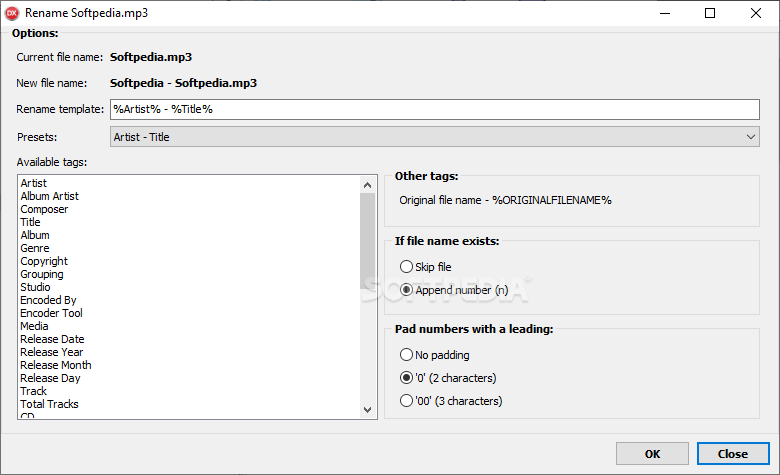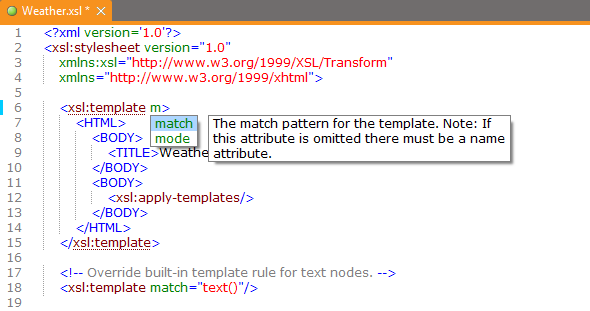

Metadata fields – individual containers for each piece of information. Information about the file and what it contains can be stored in a series of It enables people or machines to locate a digital file within a libraryĬontaining thousands – or millions – of media assets. Which describes what’s going on in your video, images, audio or other digitalĪssets. Metadata is the descriptive and technical information Significant volumes of digital media assets usually need to think about You can download a copy of the Read Only version here to test it out first and see if it's something that will be useful to you.Award winning video management platform? Check.

This just touches a few of the top features of ESGME. You can also play the video or have the video autoplay.

ESGME makes it easy to identify the Image, Marquee and Video associated with each game as they're all displayed when a game is clicked.You can easily Add New games and Delete existing game info.Included sites are: Wikipdia, Mamedb, The Games DB - but you can customize it for any URL. There is a special "Research" area with 3 custom buttons that allow you to configure each for your favorite ROM site - clicking them will launch your default browser with the search criteria you specify.Allows you to complete your metadata by quickly filtering your games, for example, by those that have no Description, or no Marquee and so on.Easy editing of metadata elements like Game Description, Marquee, Image, Video, Favorite status, etc.It accomplishes this goal in several ways: Forget about having to manually edit it via command-line using vi or nano. Forget about using Notepad or some other XML file editor. Its sole purpose is to help you easily maintain your gamelist.xml file. The EmulationStation Gamelist Metadata Editor (ESGME) is not another ROM scraper, rather it is a Game List ROM data manager originally designed for EmulationStation on RetroPie for Raspberry Pi but can be used for all systems EmulationStation supports (Windows / Raspberry Pi / Debian / Arch).


 0 kommentar(er)
0 kommentar(er)
